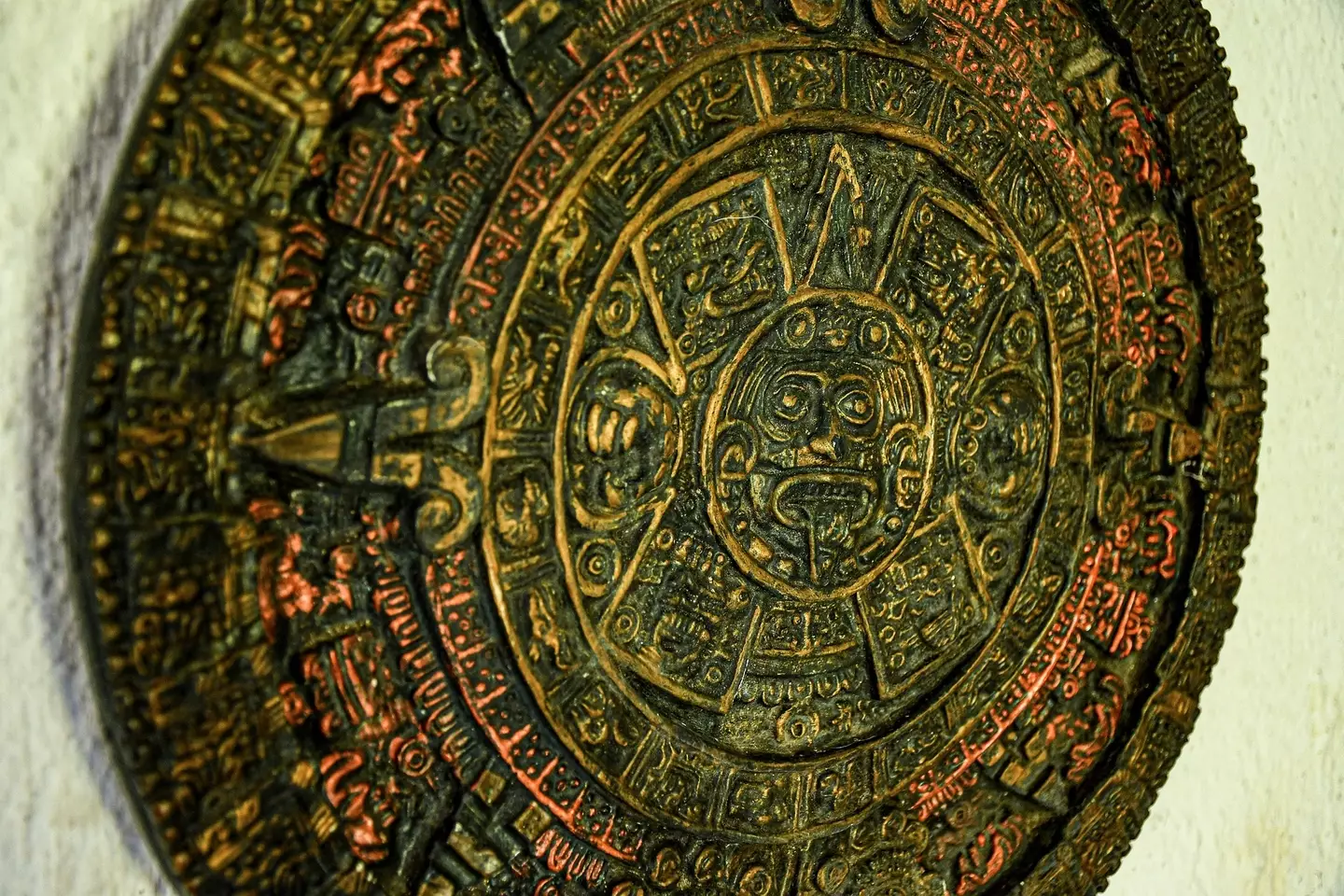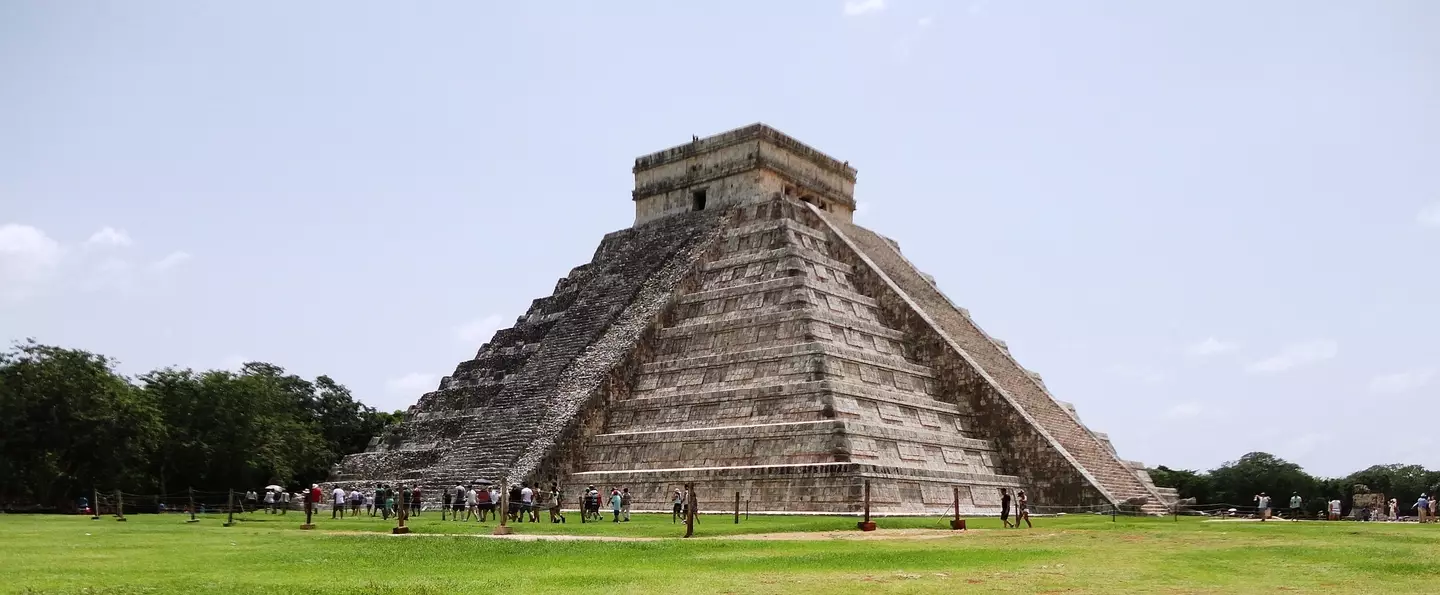.png)
Researchers reckon they’ve deciphered the centuries-old mystery of how the 819-day Mayan calendar works. Just in case these types of things keep you awake at night.
The ancient civilisation used a 819-day long cycle on calendars, but for decades experts have been completely in the dark about what exactly the 819-days match up to.
However, a new study by anthropologists John Linden and Victoria Bricker from Tulane University claims to have cracked the code - and it seems that all that was required was to take a much broader look at time.
Earlier research had suggested the calendar is related to synodic periods - the time it takes for a planet to return to the same spot relative to Earth and the Sun - but wasn’t able to pinpoint exactly how it worked.
Advert
So, the duo started by taking in a wider timeframe in relation to the 819-days and instead looked at a period of 45 years - or 20 periods of 819-days.
“Although prior research has sought to show planetary connections for the 819-day count, its four-part, color-directional scheme is too short to fit well with the synodic periods of the visible planets," they write in the paper.

"By increasing the calendar length to 20 periods of 819-days, a pattern emerges in which the synodic periods of all the visible planets commensurate with station points in the larger 819-day calendar."
Advert
Confused? Me, too - but it basically means that the Mayans traced a 45-year, or 16,380 days, view of planetary alignment and then made it into a calendar.
Each planet has a different synodic period, and Mercury’s 115.88 day cycle became the first piece of the puzzle for the researchers, as it roughly fits into 819 days seven times.
The other planets that are visible from Earth and were known to the Mayans – Venus, Mars, Jupiter and Saturn – all have similar matches when multiple cycles are included.

Advert
For example, Mars has a 780-day synodic period, meaning 21 periods match perfectly with 16,380-days, or the aforementioned 20 cycles of 819.
“Rather than limit their focus to any one planet,” the authors write, “the Maya astronomers who created the 819-day count envisioned it as a larger calendar system that could be used for predictions of all the visible planets' synod periods, as well as commensuration points with their cycles in the Tzolk’in and Calendar Round.”
The 260-day Tzolk'in calendar is perhaps the best known of the Mayan calendars.
Topics: World News
